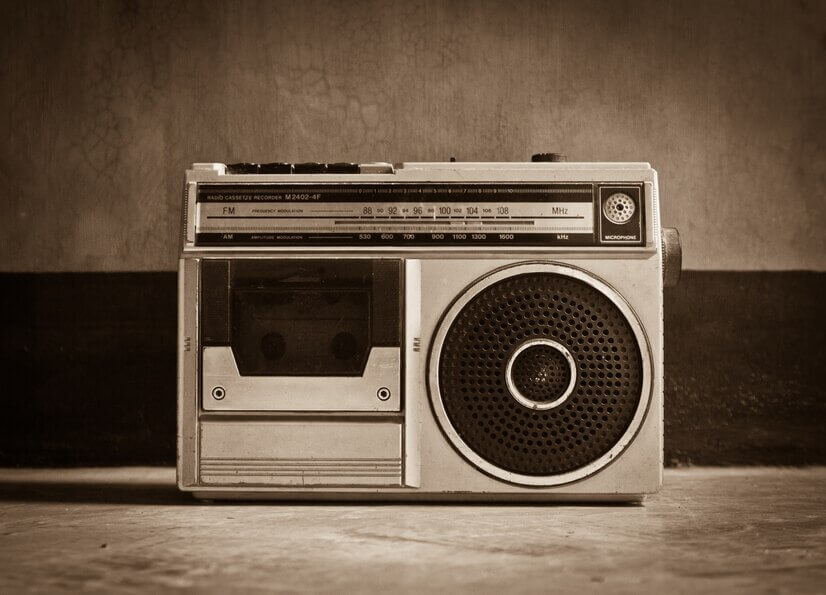World Sparrow Day is an annual event celebrated on March 20 every year to raise awareness about the importance of sparrows and other common birds in our ecosystem. These small birds are often overlooked, but they play a crucial role in maintaining the balance of nature. In this article, we will learn about some interesting sparrow facts, how to build a house for sparrows, history and significance of World Sparrow Day. So, let’s dive into the world of these fascinating little birds.
World Sparrow Day: History
The concept of World Sparrow Day was conceived by an Indian environmentalist, Mohammed Dilawar. Concerned about the rapid decline in the sparrow population in India and around the world, Dilawar founded the Nature Forever Society in 2005, a non-profit organisation committed to the conservation of house sparrows and other common flora and fauna. The first World Sparrow Day was celebrated on March 20, 2010, to coincide with the equinox, a day when day and night are of approximately equal duration. This choice of date reflects the balance and harmony that is crucial for the survival of all species, including sparrows. Since its inception, the day has gained widespread recognition and support from individuals, conservationists, and governmental organisations.
Also Read: Natural Resources: Types, Examples, Importance And Difference
World Sparrow Day: Significance
World Sparrow Day holds immense significance in raising awareness about the declining sparrow population. This day emphasises the interconnectedness of sparrows with the environment, promoting biodiversity and ecological balance. It serves as a platform for community engagement, educational programs, and policy advocacy, urging collective efforts to address the challenges faced by sparrows.
Challenges Faced by Sparrows:
The decline in the sparrow population can be attributed to several factors, including:
- Loss of Habitat: Urbanisation and the increasing use of concrete in construction have led to a significant reduction in green spaces, depriving sparrows of their natural habitats.
- Pollution: Air and water pollution adversely affect the health of sparrows. Contaminated water sources and air filled with pollutants can lead to various health issues in these birds.
- Pesticides: The use of pesticides in agriculture and urban areas can have harmful effects on sparrows. Ingesting contaminated insects or seeds can lead to poisoning and contribute to population decline.
- Changing Agricultural Practices: Modern agricultural practices, including the use of chemical fertilisers and monoculture, impact the availability of food sources for sparrows.
Also Read: World Nature Conservation Day: History, Significance and Threats
Conservation Measures
1.Creating Sparrow-Friendly Habitats
Individuals and communities can contribute to sparrow conservation by creating sparrow-friendly habitats. This includes setting up bird feeders, providing water sources, and planting native trees and shrubs.
2.Reducing Pesticide Use
Adopting organic and sustainable farming practices and minimising the use of pesticides in urban areas can help create safer environments for sparrows.
3.Awareness Campaigns
Ongoing awareness campaigns, especially on World Sparrow Day, are crucial for educating people about the challenges faced by sparrows and motivating them to take action.
4.Policy Changes
Advocacy for policies that promote environmental conservation, green spaces, and sustainable urban planning can contribute to creating a more sparrow-friendly environment.
5.Community Engagement
Involving local communities in sparrow conservation efforts fosters a sense of responsibility and ensures sustained efforts at the grassroots level.
6.Research and Monitoring
Continued research on sparrow populations, behaviour, and health is essential for developing effective conservation strategies. Monitoring initiatives can track population trends and identify areas that require immediate attention.
Also Read: 8 Reasons Why Exploring Nature with Children is Important
Sparrow Facts
Here are some interesting sparrow facts for kids:
- Sparrows are primarily seed eaters, but they also consume insects, fruits, and other small food items.
- Male sparrows are more colourful than females, with black, white, and brown markings on their feathers. Females have a more muted brown colouration.
- Sparrows are known for their melodious songs, which they use to attract mates and defend their territories.
- The average lifespan of a sparrow is 3-5 years, but some individuals can live up to 10 years or more.
- Sparrows are monogamous, which means they mate with only one partner throughout their life. They often return to the same nesting site year after year.
- House sparrows lay 3-7 eggs per clutch, which are incubated for around 12 days before hatching. The hatchlings are born blind and featherless and are fed by both parents for the first few weeks of their lives.
Building a House for Sparrow
Here are the steps to build a house for sparrows:
- Choose the right materials: The most common material for building a sparrow birdhouse is untreated wood, such as cedar or pine. Avoid using metal or plastic, as these materials can overheat in the sun, harming the birds.
- Plan the design: The house for sparrows should have a floor area of around 5 x 5 inches (13 x 13 cm) and a height of 8-12 inches (20-30 cm). The entrance hole should be 1.25 inches (3.2 cm) in diameter and placed at least 5 inches (13 cm) above the floor to prevent predators from reaching the nest.
- Assemble the house: Using a saw cut the wood into the appropriate sizes for the floor, sides, roof, and back of the birdhouse. Then, use screws or nails to assemble the pieces together, making sure to leave a small gap at the top for ventilation.
- Paint and decorate: To protect the wood and make the house more attractive to sparrows, you can paint or stain the exterior with non-toxic, water-based products. You can also add decorations, such as stencils or patterns, to make the house more appealing.
- Install the house: Choose a suitable location for the sparrow bird house, ideally at least 10 feet (3 metres) above the ground to keep predators at bay and provide a clear flight path for the sparrows. Attach the house to a tree, fence, or wall using screws or brackets, making sure it is stable and secure. You can also mount the house on a pole or post if preferred.
- Provide nesting materials: To encourage sparrows to move into their new home, place some nesting materials nearby, such as twigs, grasses, and leaves. This will make it easier for them to build their nests and settle in.
- Maintain the house: Regularly check the sparrow birdhouse for any damage or signs of wear, and clean it out once the nesting season is over. This will help ensure the house remains a safe and welcoming environment for the sparrows.
Also Read: Importance Of Trees And How To Conserve Trees: Tips For Children
EuroSchool values nature. Considered one of the best CBSE schools in Bannerghatta, Bangalore, EuroSchool comprises nature-inspired outdoor learning spaces










